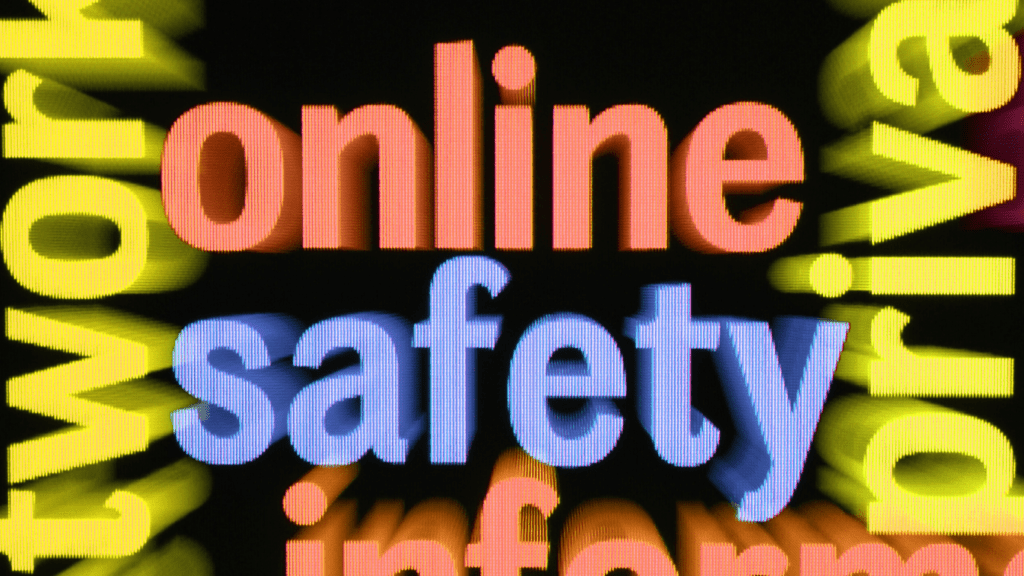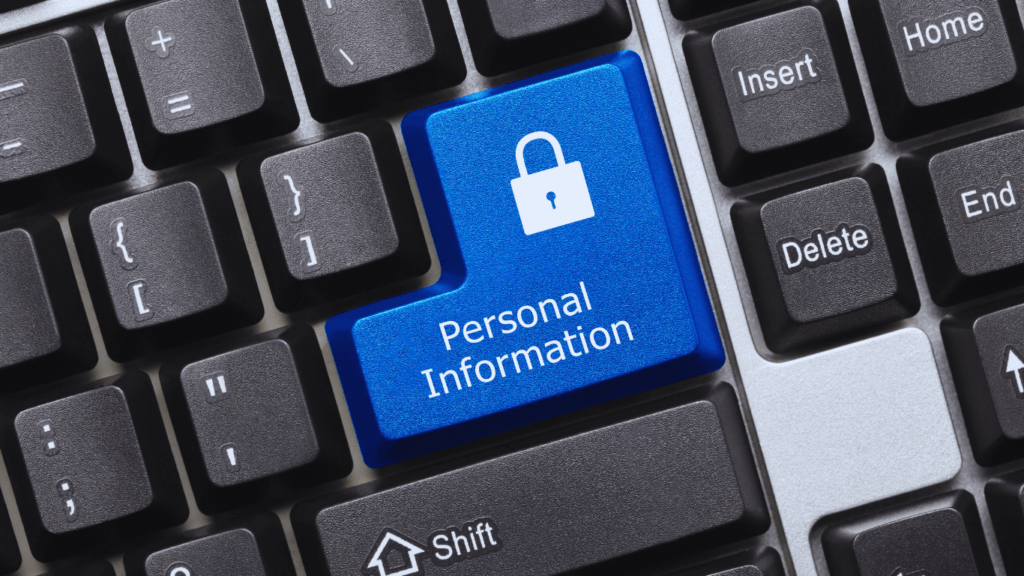The digital world’s evolving faster than ever, and with it comes new risks to our online safety. From phishing scams to data breaches, it feels like threats are everywhere, waiting to exploit even the smallest vulnerability. As someone who spends a lot of time online, I know how crucial it is to stay ahead of these dangers.
Importance Of Online Safety In 2025
Online safety remains critical as digital technologies grow more integrated into daily life. In 2025, global reliance on connected devices and cloud-based services will make safeguarding personal and financial information more essential than ever. Threat actors are likely to use AI-driven tools to launch sophisticated attacks, targeting vulnerabilities in both individual systems and large-scale networks.
Data privacy stands at the forefront due to the steady increase in data breaches. With over 1800 reported breaches in 2022 alone, taking preventative measures now ensures better protection against future risks. Regulatory frameworks, like GDPR and CCPA, will continue evolving, reinforcing the need for compliance among businesses to guard user data.
Social engineering attacks play a larger role in compromising online safety. Malicious actors exploit human psychology through methods like phishing and pretexting. Staying aware of these tactics helps reduce susceptibility to scams. Tools such as two-factor authentication (2FA) provide an added layer of security, decreasing the chances of unauthorized access.
Digital literacy empowers individuals to navigate the online world responsibly. Understanding cybersecurity fundamentals and maintaining regular device updates contribute to safer digital experiences. In 2025, being proactive ensures greater resilience against evolving cyber threats.
Top 10 Online Safety Tips To Protect Your Digital Life

In 2025, the growing reliance on technology amplifies cybersecurity risks. Following these essential tips will help you protect your digital life from evolving threats.
Use Strong And Unique Passwords
Choose passwords with at least 12 characters, including:
- letters
- numbers
- symbols
Avoid reusing passwords across accounts. For example, use a unique passphrase like “3!Green@Banana” for each platform. A password manager simplifies managing securely unique credentials.
Enable Two-Factor Authentication
Strengthen login security by combining your password with a second verification step, such as a text message or authentication app. Use 2FA for email accounts, financial services, and cloud storage, targeting platforms where sensitive data resides.
Be Cautious Of Phishing Scams
Scrutinize unsolicited emails or messages asking for personal information. Verify sender credentials and avoid clicking links unless you’re confident of their origin. For instance, hover over links to check their destination before engaging.
Keep Your Software Updated
Install updates promptly to address vulnerabilities. Enable automatic updates for operating systems, browsers, and applications to reduce exposure to zero-day exploits. Installing patches ensures devices stay resilient against emerging threats.
Use A Secure And Reliable Antivirus
Deploy a reputable antivirus solution offering features like real-time threat detection and ransomware protection. Examples include Bitdefender, Norton, and Kaspersky. Ensure definitions remain current for optimal defense.
Safeguard Your Personal Information
Limit sharing personal details online, especially on social platforms. Disable public settings on profiles to restrict access. For example, avoid posting sensitive information such as your address or travel plans.
Rely On Secure Wi-Fi Networks
Connect to encrypted networks, preferably WPA3-compliant. Avoid public Wi-Fi for transactions or data-sensitive activities unless using a Virtual Private Network (VPN) like NordVPN or ExpressVPN to secure your connection.
Practice Safe Online Shopping
Shop only on HTTPS-enabled websites with a visible padlock icon in the browser’s address bar. Enter payment details only on trusted platforms, and use virtual credit cards or PayPal for added protection.
Regularly Backup Your Data
Save copies of critical files to external drives, cloud storage, or both. Use services like Google Drive or OneDrive, scheduling backups weekly to minimize data loss from attacks or hardware failures.
Monitor Your Digital Footprint
Scan your online presence to identify personal information that’s accessible publicly. Utilize tools like Google Alerts or PrivacyDuck to track and remove sensitive data leaks when detected. Reviewing privacy settings also limits exposure.
Adopting A Proactive Mindset For Digital Security
Taking proactive steps strengthens your defense against cyber threats. Waiting until an issue arises increases vulnerability to attacks.\
1. Anticipating potential risks
Identifying areas of weakness limits exposure to threats. Hackers often exploit outdated software and predictable passwords. Regularly assess your digital environment to recognize gaps before they become problems.
2. Staying informed on emerging threats
Cybercrime evolves with new tactics and tools. Follow trusted cybersecurity news sources, such as KrebsOnSecurity or official government advisories, to stay updated on the latest risks.
3. Using a layered security approach
Combining measures like 2FA, encryption, and firewalls creates a multi-tiered defense. For example, 2FA adds an extra layer of authentication, reducing the chance of unauthorized access even if passwords are compromised.
4. Practicing cautious online behavior
Avoid clicking on unfamiliar links in emails or messages. Many attackers use phishing to impersonate official services. Double-check URLs and sender details before engaging with unsolicited communications.
5. Regularly updating security protocols
Periodically review your settings for apps, accounts, and devices. Adjust permissions and disable features you don’t use to minimize exposure to unnecessary risks.



